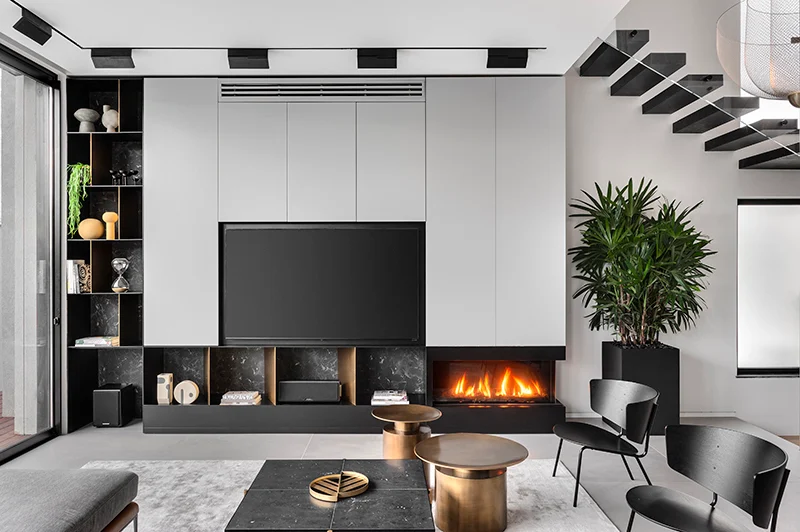The Core Purpose of Interior Design

The core purpose of interior design is to shape environments that support how people live, work, and interact every day. It is not solely focused on decoration. Rather, it is a thoughtful combination of function, comfort, and visual harmony. A well-designed interior improves daily routines, influences emotional response, and enhances overall quality of life. When done correctly, design feels natural and intuitive, as though the space simply makes sense.
Interior design addresses how space is used, how people move through it, and how the environment affects mood and productivity. A kitchen layout that improves workflow, a living room designed for meaningful gathering, or a bedroom that encourages rest are practical examples of how design directly impacts well-being.
Making Spaces More Functional
Functionality is always the first priority. Every piece of furniture, every material, and every layout choice must support how the space will be used. This includes:
- Ensuring easy movement and flow
- Selecting furniture that fits the room’s scale
- Maximizing storage without clutter
- Aligning layout with natural behavior patterns
Design is successful when the environment works effortlessly for the people who use it.
Supporting Comfort and Emotional Balance
Spaces affect how people feel. Colors, textures, natural light, and even furniture shapes influence emotional energy. This is why calm environments often rely on soft color palettes and balanced layouts, while creative spaces may incorporate dynamic patterns or bold shapes.
Comfort in design means:
- Seating that supports posture
- Lighting that suits the time of day and the task
- Temperature and acoustics that promote ease
- A sense of visual calm rather than overstimulation
The goal is to create spaces where people can relax, focus, and feel grounded.
Expressing Identity and Lifestyle
A well-designed interior reflects the personality and values of its occupants. The goal is not to copy trends, but to understand what feels meaningful and authentic. Personal expression makes a space memorable and emotionally resonant.
This may include:
- Art that tells a personal story
- Pieces sourced from travel or important life moments
- Textures and materials that align with personal preference
- Distinctive style choices that feel genuine rather than forced
Design should feel lived-in, not showroom-like.
Enhancing Daily Efficiency
A thoughtfully structured environment improves how smoothly life functions. Every element has a purpose, eliminating friction in everyday tasks.
Examples include:
- Organized storage that prevents time wasted searching
- Kitchen layouts that improve cooking workflow
- Workspaces designed to increase concentration
- Bedrooms arranged to encourage good sleep patterns
Interiors are successful when they support, rather than complicate, daily life.
Creating Visual Harmony and Cohesion
Harmony involves the careful coordination of color, light, texture, and furniture to create a unified environment. Even if styles are mixed, the space should feel intentional and balanced.
Visual cohesion may come from:
- A consistent color palette
- Repeated material elements such as wood or stone
- Similar lines or shapes echoed across furniture and décor
Harmony makes a space feel complete and inviting.
Encouraging Healthy Living
Interior design also contributes to physical and mental wellness. Natural light, improved airflow, thoughtful ergonomics, and efficient layouts all support a healthier lifestyle.
Key wellness-focused design considerations:
- Maximizing sunlight exposure
- Using quality materials with safe finishes
- Creating restful zones where stress can ease
- Supporting movement and posture through furniture choices
When the environment promotes well-being, overall life satisfaction increases.






